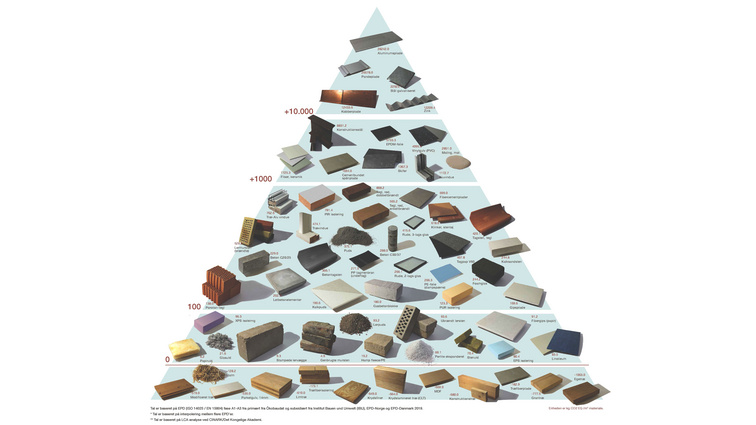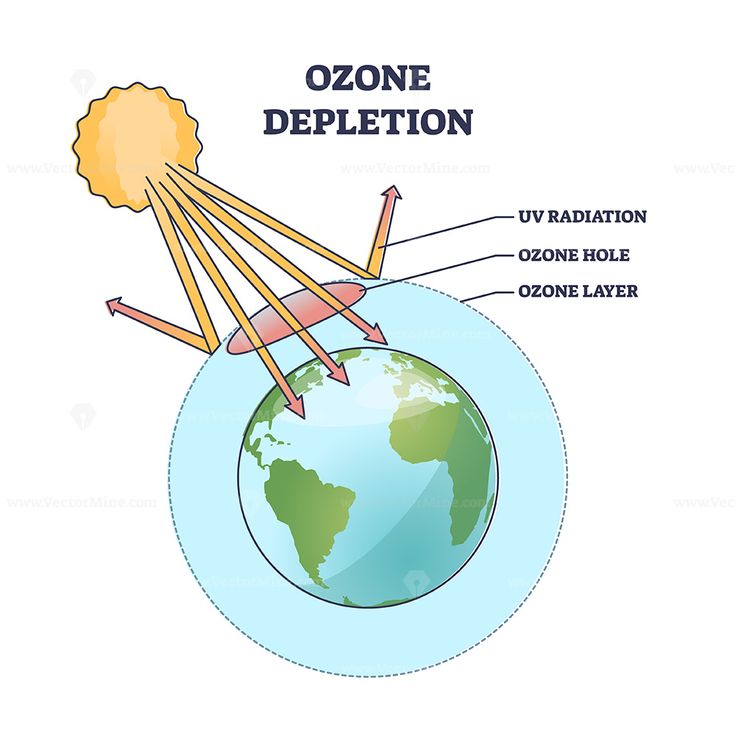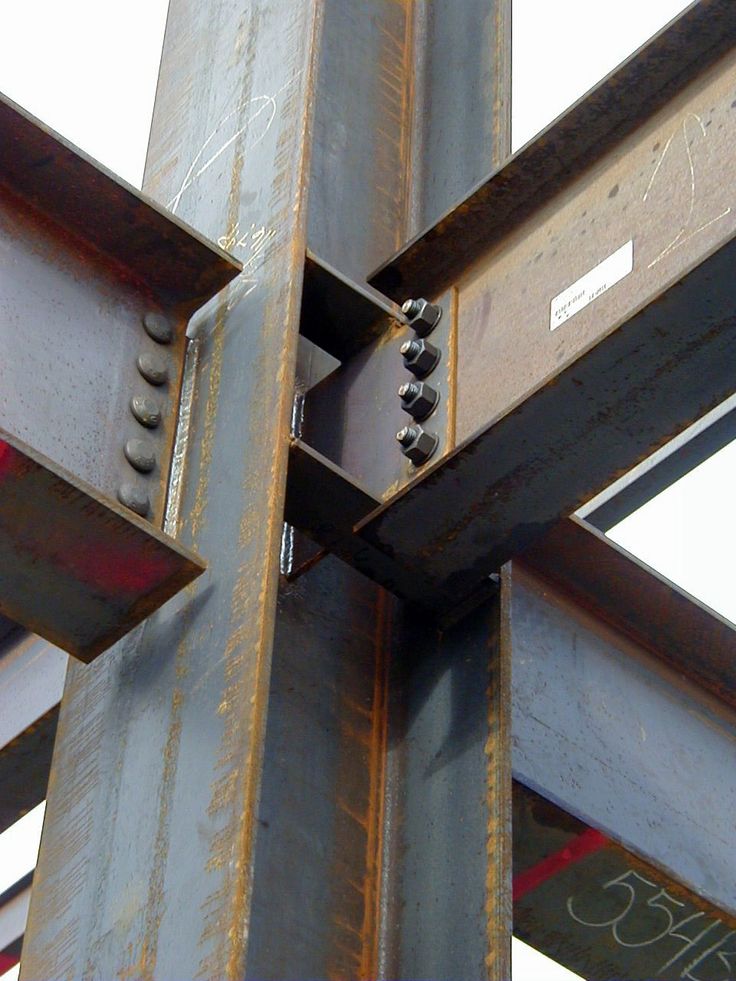What does “Construction Material Pyramid” remind you of? It’s kind of similar to the “food diet pyramid” that we’ve learned at school, isn’t it? What does it suggest by the way? In this article, we are going to learn a lot of scientific data about the things you’ve never heard or thought about in construction and building materials. Using which is better, healthier for us and the Earth, and is suggested, and using which is harmful to human beings, new generations, and the future of the planet and is not recommended at all! Regarding this, if you are an architect, designer, or a building owner, I invite you to first take a look at Materialepyramiden.dk, to figure out what we are going to discuss, and then join us to learn precious pieces of data about construction.
Food Pyramid VS. Building Material Pyramid
Food pyramids are simple visual guides to the types and proportions of food we should supposedly eat in order to stay healthy. While food pyramids vary according to diets and cultures, the basic idea behind them is the same. Foods at the base should be consumed in larger quantities, and foods at the top should be consumed rarely. Unless, of course, you are in the middle of a gluten epidemic.

While food pyramids have faced criticism and skepticism, it is undeniable that our diet plays a significant role in our overall health. With this in mind, could we extend a similar concept to the construction of buildings? Is it possible to evaluate structures based on the ecological footprint of the materials utilized in their construction? That’s exactly what the Construction Material Pyramid hopes to achieve.
What is Construction Material Pyramid?

Construction Material Pyramid hopes to achieve. It was developed in 2019 by the Center for Industrialized Architecture and Henning Larsen Architects. The pyramid highlights the environmental impact of the most used construction materials, like structural steel, aluminum, double and triple paned windows, insulation, lumber, and more. Data driving this pyramid is based on extraction, transportation, and manufacturing. It does not take performance and lifespan into account.
This interactive version of the material pyramid allows you to toggle between five impact categories. including;
Five Impact Categories:
GWP or Carbon Footprint
The first is Global Warming Potential or Carbon Footprint. The GWP calculates how much heat is absorbed and trapped by a certain amount of gas compared to carbon dioxide. The higher the value of the GWP, the greater the impact on the environment. Metals like aluminum, steel, copper, and zinc occupy the highest level, while wood products have negative rates. They absorb more greenhouse gases than they produce during their manufacturing.


Ozone Depletion Potential
The second is Ozone Depletion Potential. During manufacturing, materials release certain gases that can degrade the ozone layer. When a single chlorine or bromine atom comes into contact with ozone in the stratosphere, it can destroy over 100,000 ozone molecules. This decreases protection from the sun’s ultraviolet radiation, it affects flora and fauna, and it can even increase the risk of skin cancer. Poly-iso and polyurethane foam insulation are the most harmful, while materials that require low processing, like bricks and aluminum sheets, are the least harmful.


The ozone layer in the stratosphere absorbs a portion of the radiation from the sun, preventing it from reaching the planet’s surface. Most importantly, it absorbs the portion of UV light called UVB.
Photochemical Ozone Creation Potential
The third is photochemical ozone creation potential. Some materials produce carbon monoxide, nitrogen oxides, and volatile organic compounds during manufacturing. When sunlight hits these compounds, they form ground-level ozone, which can affect our health. High levels of O3 can disrupt ecosystems and cause iron lung irritation. Metals and vinyl flooring are the main culprits, while wood-based materials are the safest.
Acidification Potential
The fourth is acidification potential. The extraction and production of some materials release sulfur dioxide, nitrogen monoxide, and nitrogen dioxide into the air. They react with water, oxygen, and other chemicals to form sulfuric and nitric acids, which can fall to the earth as acid rain. Paints and linoleum have a much higher acidification potential than straw and rammed earth


Eutrophication Potential
Lastly is eutrophication potential. An unnatural increase in nutrients, like nitrogen and phosphorus, in water starts a process called eutrophication. Algae feed on the nutrients, growing, spreading, and turning the water green. In large concentrations, these compounds can lead to algal blooms, tinted water supplies, and the death of fish. Steel production emits large amounts of nitrogen oxides compared to clay bricks.
the pyramid gives us the direction!
The construction material pyramid allows designers to quickly understand the impact of building materials. The pyramid reminds us that we should place value on the bones of buildings, not the stuff we fill them with. It also reminds us that building materials we choose have a huge impact on the environment, whether positive or negative.
Materials featured in the Construction Pyramid
1. Structural Steel


Steel production is energy-intensive and one of the leading sources of greenhouse gases. Nearly 2 tons of carbon dioxide are emitted for every 1 ton of steel produced. It also accounts for 5% of total greenhouse gas emissions. But it isn’t fair to only highlight the negative aspects of this material. Steel is essential to building wind turbines, electric vehicles, and mass transit systems – all the infrastructure needed in a low-carbon economy that isn’t reliant on fossil fuels.
2. Concrete


The data on concrete is really surprising. Worldwide, we use about 30 billion tons of concrete a year, which accounts for 8% of global carbon dioxide emissions. Researching concrete for this article, every article and paper claimed that concrete was one of the most polluting materials. But it ranks lower than steel in every category, global warming potential, ozone depletion potential, and even acidification potential. The manufacturers of cement and concrete now use recycled waste like fly ash, which can drastically reduce its carbon footprint.
How does Construction Material Pyramid help us?
Architect Pelle Munch-Petersen, who introduced the Construction Material Pyramid, envisions its adoption as a catalyst for promoting sustainable construction practices. The pyramid prompts critical inquiries such as identifying areas for improvement, assessing the environmental impact of project components, optimizing climate calculations, and considering the necessity of certain materials. By raising awareness about the implications of material consumption in construction, the Material Pyramid aims to stimulate reflection and dialogue that will ultimately drive the transition towards more eco-friendly building practices.
Conclusion
The takeaway from the construction pyramid is that materials like concrete, steel, and glass have allowed us to tame nature and push the limits of engineering, but their extraction and production come at a cost. It’s important for us to be aware of that cost, and if possible, choose alternatives that are not as harmful to the environment.
Keep in Touch with Us
ARE YOU IN NEED OF SUPPORT?
Get in touch with our technical department at “EVERTRUST STONE” to obtain answers to your queries on architectural solutions or the product.
